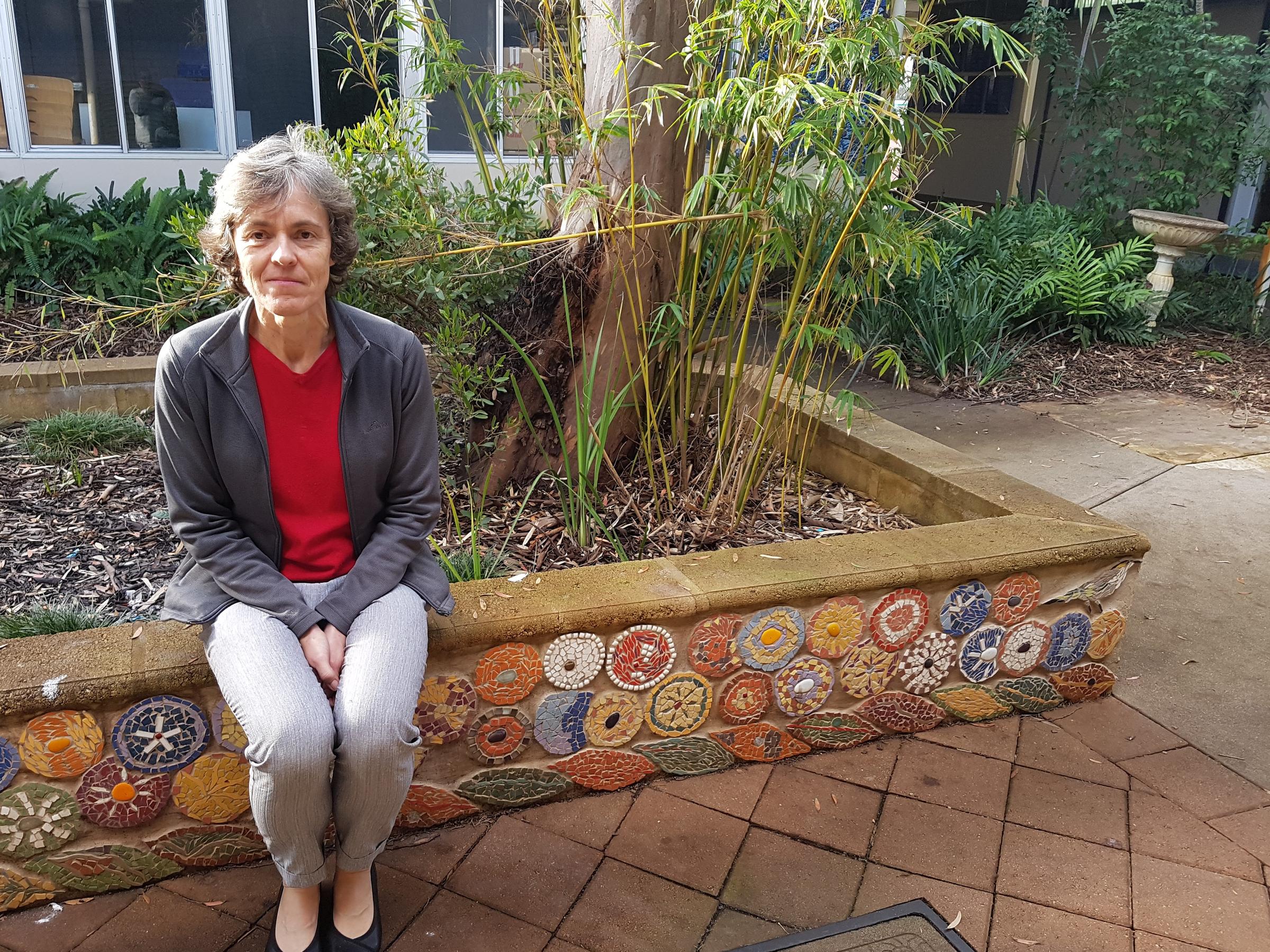Chaplain's Corner
Louise Lathbury - School Chaplain

Chaplain's Corner
Louise Lathbury - School Chaplain
ENCOURAGING GOOD HABITS.
As the restrictions on social activity are lifted, it is worth considering which habits we (and our families) might have developed during the COVID-19 situation. Regular (instead of rare) acts of kindness and careful hand washing are both habits that we probably would all agree are worth continuing. However, what about those good things that we may have started to seek out a little too often, or enjoyed a little too much? We humans find it easy to turn to substances and behaviours for rewards or refuge.


According to the Merriam Webster Dictionary, a REWARD is a stimulus that is administered to an organism that serves to reinforce a desired response. Most families try a reward chart for household chores at some stage, and parents often offer ‘prizes’ for improved behaviour or academic achievement. The only time my friend’s toddler was allowed a lolly was when she used the toilet correctly. During the recent shutdown in my house, the ice cream disappeared rapidly, with the students having a spoonful between watching recorded lectures. I chose not to replace it in a hurry- which meant my husband had to find something else for dessert as well.


A REFUGE is a place or situation that provides shelter/protection/safety from pursuit/danger/difficulty/unhappiness. I can remember my mother sitting at the kitchen table, reading a novel in the dim light, waiting for ‘your father’ to come back to the house, start the generator, and cut the lamb chops for dinner. Thankfully, my places of refuge (the swimming pool was one of these) are vastly different. During the time when families were closely confined together, everyone needed a break from each other, and technology was an easy way to connect with someone from the outside world.


When I was recently made aware of a comment by the CEO of Netflix (Reed Hastings), I was reminded that the owners/designers of many of those activities that we use as rewards/refuge ultimately have $$$ in mind, and not the wellbeing of the user. How can an attitude of ‘sleep is my greatest enemy’ and the intentional design of series for multi-episodic viewing, encourage Netflix users to ensure they prioritise sleep so that their mental health is improved? Many parents find it difficult to control the amount of screen time that their children have, and may, themselves, end up watching an extra episode or two, or getting ‘lost’ in interesting Facebook posts.


Junk food, TV shows, movies, games, social media, and gym equipment, are not responsible for their effect on our lives. Instead, it is our behaviour and the way that we use these activities. When considering habits- think- have you /your child: cancelled plans in favour of that program; kept thinking about the next opportunity to play that game; become irritable because a day of working out was missed; found yourself regularly eating half a block of chocolate a day, rather than a row; or avoided telling how much time has been spent on social media, or how much money has been spent online shopping. These are all signs that a habit may have developed, and that it might be time to consider whether any behavioural changes are needed.


In the last week, I have attended two webinars about social media use and eSafety, and been reminded that most children and teenagers use social media and devices much more than the adults in their lives, but are not aware of all the safety issues involved. Between February and March 2020, there was a 21% increase in the number of cyberbullying incidents reported to the eSafety Commissioner’s Office. According to the eSafety website (https://www.esafety.gov.au/), cyberbullying can take many forms, including posting mean comments or messages, excluding or ignoring someone, tricking or humiliating them through fake accounts, or sharing a photo or video that will make them feel bad. Threatening to share an intimate image without the consent of the person in it, such as a naked selfie, is called image-based abuse.
Did you know?
If you would like more information, about online safety, please download the guide from this link https://www.esafety.gov.au/parents/online-safety-guide. It is available in English, Spanish, Greek, Italian or Chinese. This website also has some tips for parents on managing their children’s screen time.